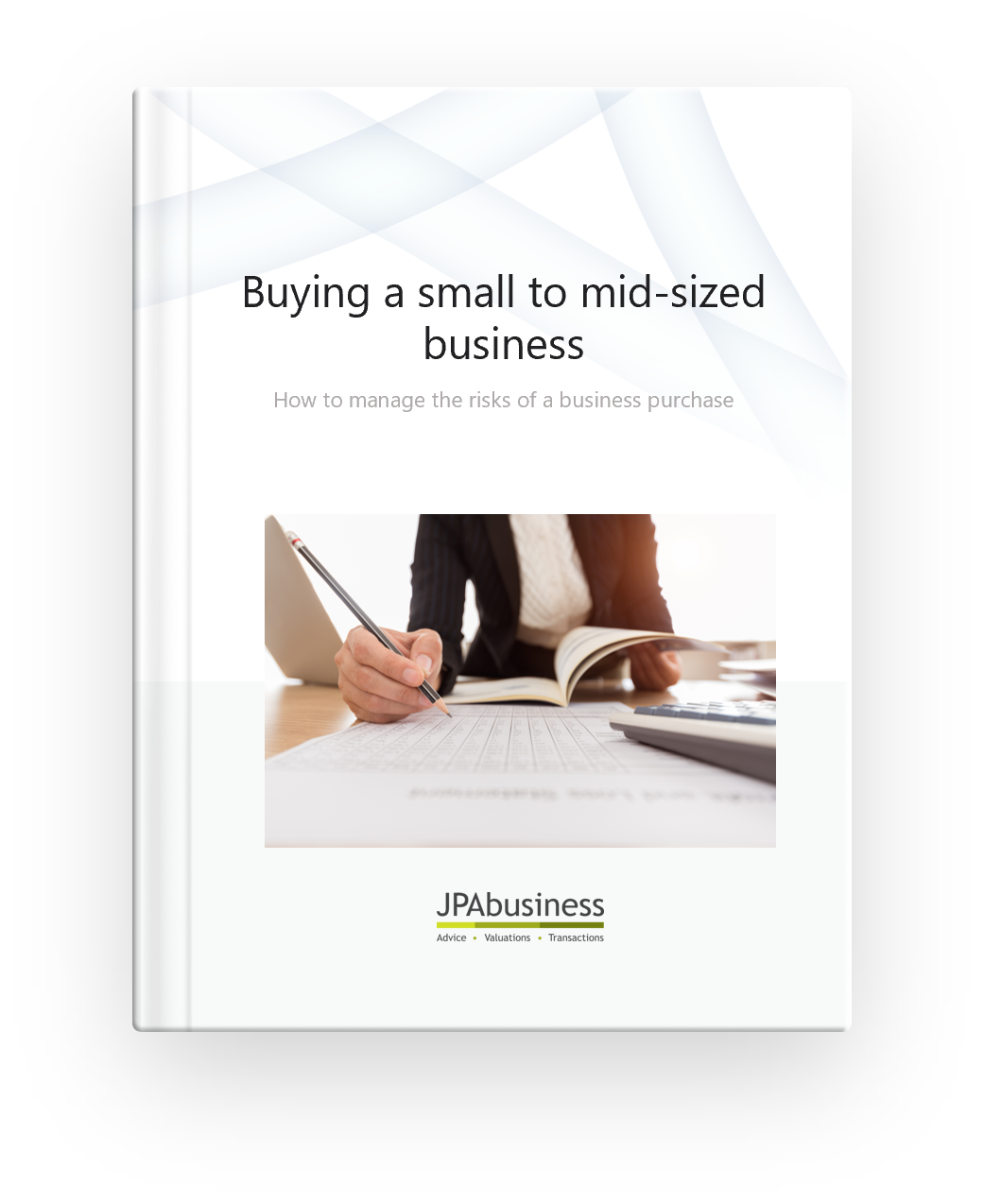
Buying a business is a risky way to spend a redundancy payout – true or false?
Answer: True and false, depending on how you go about it.
Often we come across clients who have been made redundant after a long period in an employed situation.
They are at an age where they still have plenty of potential to make a meaningful contribution in another employed role, or in owning a business. In fact, some of the expertise they have built up over their career is very appropriate for owning and running their own business.
However there are some pitfalls:
- Paying too much for a business
- Not having their eyes open as to what business ownership might really be like
- Thinking of the business as a way of buying themselves a job, rather than as an investment
- Failing to ensure the business is the right match for their skills and interests.
Pitfall 1: Paying too much
Being in a redundancy situation can be quite emotionally challenging. Many people experience the loss of identity and self-confidence that comes with job loss, while at the same time they have a lump of money burning a hole in their pocket and commitments such as house payments and school fees that still need to be met.
In this situation it is natural to think: “I need to do something fast. I’ll buy a job and get stuck into making money again.”
Unfortunately, we all know about buying in haste and we regularly come across people who have used their redundancy payout and paid up to double what a business is really worth.
This is a time when independent business advice is critical. We advise people to make sure they seek a professional market appraisal or valuation of the business they are considering, to ensure they pay fair market value.
They also need to ensure the business meets their own objectives in terms of:
- being able to meet their existing financial obligations, and
- the return they need for the risk of business ownership.
Redundancy payments don’t come along every day and if you pay too much for a business, it’s hard to get that money back. It’s not like owning a piece of real estate – the business market is not a liquid market.
Pitfall 2: Not having your eyes open as to what business ownership might really be like
When coming from an employed environment you have to be prepared to make a mental switch and take on the different risk profile of an owner. Sometimes people who haven’t owned a business before find that a bit hard to fathom.
For example, most people have a set number of obligations they need to meet. They may find themselves thinking: “In a salaried environment I had confidence I would cover those obligations every week. In a business environment, I’m not so sure.”
That is often a hard jump – in terms of attitude and appetite for risk – for someone to make.
We urge budding business buyers who have been through the redundancy process to do their homework on the business proposition upfront – do your due diligence.
Take some time, have patience (I know that’s hard) and research the opportunity so you get a clear idea of what being in that business would really be like.
Often I say to people: “Put aside the asking price and the financials for a moment, and think about the business you’re going to be working in. Ask yourself: ‘Is this something I would be passionate about?’”
If the answer is ‘yes’, then start your due diligence on the financial, operational, commercial and market aspects of the business.
Pitfall 3: Thinking of the business as a way of buying yourself a job, rather than as an investment
You’re out of a job, you have a redundancy, and your obligations are mounting. Your inclination would understandably be: “I’ve got to get another job. If that means buying a business, so be it.”
All we would say is look at the two components of risk and return in business ownership:
- the job (if you work in the business) and the reward associated with it
- the risks you take on as a business owner and the rewards you should expect from that.
We discussed this in the previous blog and it is worth repeating: when buying a business to secure a job, take account of the different risks you are taking on as both owner and employee and ensure your return, in both cases, adequately accounts for those risks.
Pitfall 4: Failing to ensure the business is the right match for your skills and interests
Imagine a software engineer who has received a redundancy, is looking around at businesses and settles on buying a building products retail business. That could work; after all we’re all flexible and can do a whole bunch of things.
However the software engineer needs to think carefully about his leverage points – what are his capabilities, strengths and weaknesses?
If he is going to work in the business and wants to make it a success from day one, he needs to be leveraging those capabilities from day one.
If he doesn’t have any knowledge about building products, he needs to ensure his partner, family members, or other investors working in the business do.
Buying a business can be a good opportunity to change careers and move into a new industry, but make sure you’re not putting yourself at undue risk, particularly in a financial sense.
Plan to succeed
We recently did a due diligence for a client on a potential business purchase in Queensland. Part of the scope of the due diligence was to assess the business’ existing team against our client’s capabilities.
As a result we developed a transition plan for the purchaser to ensure the team around him was able to complement his core skills and capabilities, and compensate for any deficiencies.
Are there successful examples of people buying businesses with their redundancy payouts?
Yes, and they are often some of the more rewarding and satisfying experiences that we see our clients have in their lives.
If you go about it in a considered manner and try to avoid some of the pitfalls we’ve talked about, it can be a very rewarding experience indeed.
If you would like support or advice about any aspect of buying a business, contact the team at JPAbusiness on 02 6360 0360 or 02 9893 1803 for a confidential, obligation-free discussion.


